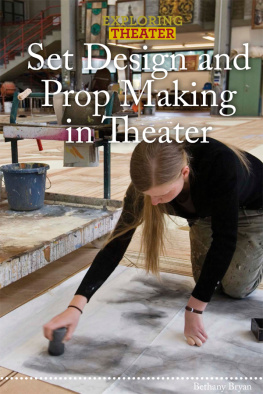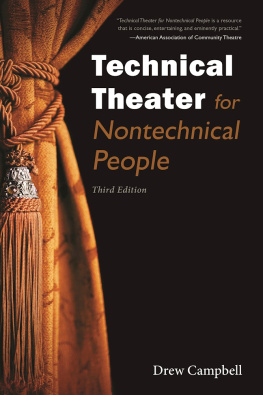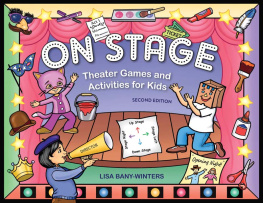Copyright 2018 by Lisa Mulcahy
All rights reserved. Copyright under Berne Copyright Convention, Universal Copyright Convention, and Pan American Copyright Convention. No part of this book may be reproduced, stored in a retrieval system, or transmitted in any form, or by any means, electronic, mechanical, photocopying, recording or otherwise, without the express written consent of the publisher, except in the case of brief excerpts in critical reviews or articles. All inquiries should be addressed to Allworth Press, 307 West 36th Street, 11th Floor, New York, NY 10018.
Allworth Press books may be purchased in bulk at special discounts for sales promotion, corporate gifts, fund-raising, or educational purposes. Special editions can also be created to specifications. For details, contact the Special Sales Department, Allworth Press, 307 West 36th Street, 11th Floor, New York, NY 10018 or .
22 21 20 19 18 5 4 3 2 1
Published by Allworth Press, an imprint of Skyhorse Publishing, Inc. 307 West 36th Street, 11th Floor, New York, NY 10018. Allworth Press is a registered trademark of Skyhorse Publishing, Inc., a Delaware corporation.
www.allworth.com
Cover design by Mary Ann Smith
Library of Congress Cataloging-in-Publication Data
Names: Mulcahy, Lisa, author.
Title: The essentials of theater : a guide to acting, stagecraft, technical theater, and more / Lisa Mulcahy.
Description: New York, New York : Allworth Press, [2018] | Includes index.
Identifiers: LCCN 2018019411 (print) | LCCN 2018029340 (ebook) | ISBN 9781621536475 (eBook) | ISBN 9781621536468 (hardcover : alk. paper)
Subjects: LCSH: Theater--Handbooks, manuals, etc. | Acting--Handbooks, manuals, etc. | Theater--Vocational guidance--Handbooks, manuals, etc.
Classification: LCC PN2037 (ebook) | LCC PN2037 .M85 2018 (print) | DDC 792--dc23
LC record available at https://lccn.loc.gov/2018019411
Print ISBN: 978-1-62153-646-8
eBook ISBN: 978-1-62153-647-5
Printed in the United States of America
For my parents, William and Joan Mulcahy
Contents
Acknowledgments
Great gratitude to the following terrific people for their support of this project:
Adrian Bridges; Ms. C.; Tad Crawford; James Foster Jr.; Mary Fitzgibbon; Robert Fitzgibbon; Meridith Friedman; Geoff Grammel of the Most Office in Fitchburg, Massachusetts; Chamois Holschuh; Debra Jeffries; Deborah Kelly; James Kelly; Ellen Mulcahy; Gloria Mulcahy; Sister Joan Mulcahy; John Rackliffe; Monique Rackliffe; Cherie B. Tay; Barry M. Willis; the posse; the Brandeis University theater arts department; and two very wonderful theater teachers, Ted Kazanoff and Edward Albee.
INTRODUCTION
What Is Theater Made Of?
What first attracted you to the idea of learning more about theater? For many students and aspiring professional thespians, the answer has to do with a memorable experience. For instance, so many performers have told me, during my long career as a theater journalist, that the impetus to jump in and learn more happened for them when they saw an exciting production as a young child and found themselves transfixed. Dazzled. Filled with awe and wonder and yearning to learn more about this new, emotional, sparkling onstage world before them.
Others, who are often humanities or English students, have expressed to me that academic interest drew them to want to learn about theater. After all, the art form is full of rich tradition, historical events and associations, deeply intelligent narrative, and highly technical performance mechanics that are endlessly fascinating to delve into. Plus, logically, todays dramaturgs and playwrights love to study the words and creative motivation of Shakespeare, of the Greeks, of the writers who crafted the template for plays that are still performed today. Modern directors and designers are also incredibly inspired by the staging of historical works and by the beauty and pageantry of costume and scenic progression over so many hundreds of years of theater history.
Then there are the passionate fans among us. Avid theatergoers who never miss a Broadway performance if they live in New York City, or a regional or community theater production if they live in suburbia. Those folks who devour every biography they can find on theater actors, plays, and the craft of stage work. The more great theater you see, the more curious you tend to become about seeking out more of the communal experience it provides. You sit in a dark house experiencing a moving story and unfettered human emotion, and you share this as its happening with an audience of peers. Youre bonded to those peers, as well as to the performers youre viewing, in a very unique and powerful way.
Since youve decided to take a theater class or pick up this book, chances are very good you fit into one of the above three categories. Or maybe you dont; maybe you just need to get an arts requirement out of the way. Thats cool, too. If you know practically nothing about theater at this moment, prepare to have your mind blown and your interest sparked. Why? Because in the process of working through this book, youll grow to understand how theater positively impacts every one of us in society, through its fundamental function as an art form. Youll see for yourself how intriguing theater history can be, find yourself caught up in the personal success story of an accomplished theater artist, or surprise yourself with how much fun it is to take part in a theater exercise. Be prepared: theater hooks you fast.
This introduction is intended to inform you about the fundamental function of theater as an art form, and why its important for us to understand its impact. Lets do this by answering some important questions.
Why Is Theater an Important Part of the Humanities Overall?
Theater has historically served as a societal sounding board. Issues currently facing the world can be discussed in honest terms, with plenty of room for subjective interpretation and feedback, when you watch them play out in performance. Take, for example, the work of a genius playwright like Tony Kushner. Kushners masterwork, Angels in America , which is referenced elsewhere in this book and which every theater student should be strongly encouraged to read, functions as a humanities lesson on numerous levels. First, its an insightful exploration of how the AIDS crisis came to affect the world; next, its a scathing political commentary regarding the pain that ignorance, selfishness, and false values have on the world we live in; and third, its a deeply personal, sympathetic look at the victims of this disease and their loved ones. A controversial, beautiful, highly opinionated piece, it invokes emotion and thought in its readers and viewers and is the catalyst for important discussion. This play, and ambitious works like it, have the power to change minds and embolden people to take positive action throughout the world.
How Does Theater Work as an Art Form, and How Does It Inform Society?
Theater works as an art form because its the epitome of complete freedom. A playmaker or performer can make any statement they like, perform a work in any style that feels truthful to them, and engage the audience as directly as they wish, and no choice is wrong. In the same vein, theater is a completely subjective art form to behold. You can watch it and love it; you can watch it and hate it. No matterthe point is, a point of view is unfolding before you, and youre reacting to it. This kind of give-and-take matters because it creates a dialogue (spoken or unspoken) between performer and viewer, and forces you, on one or more levels, to take a position.

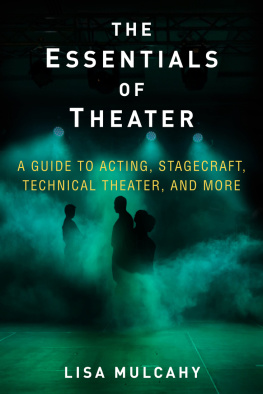
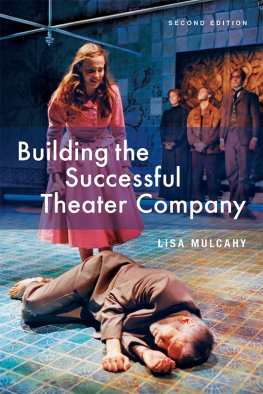
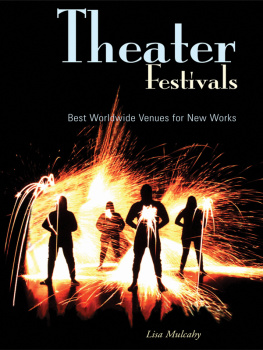
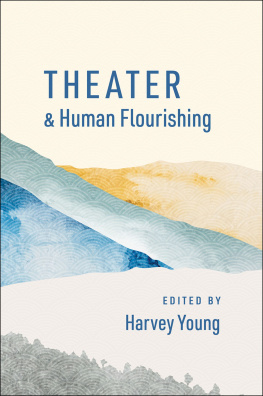


![Viola Spolin - Improvisation for the Theater: A Handbook of Teaching and Directing Techniques [1963 ed.]](/uploads/posts/book/406435/thumbs/viola-spolin-improvisation-for-the-theater-a.jpg)
